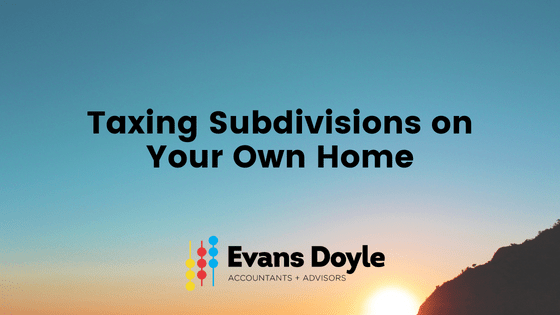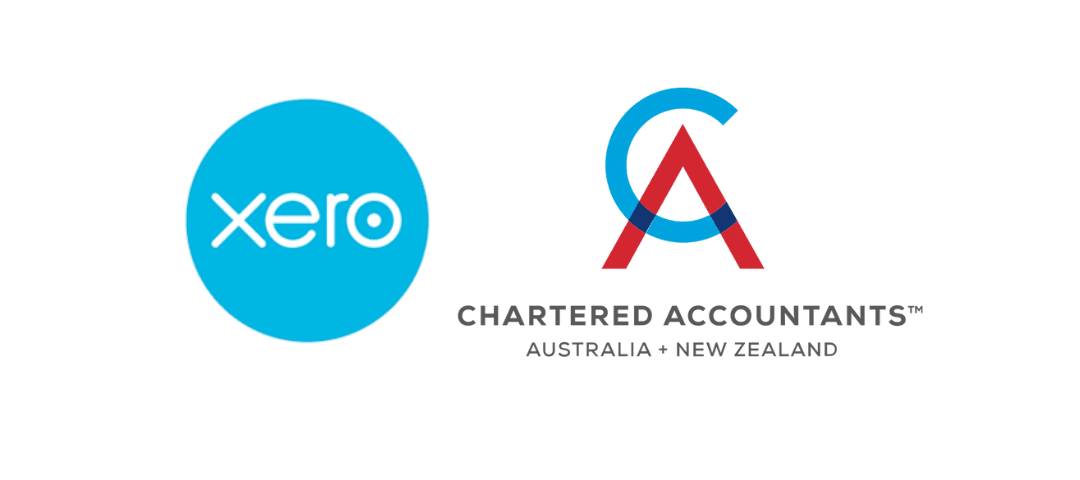With rising interest rates, many clients are looking at opportunities to utilise an existing property to develop, make a profit and pay down debt. While the below example looks at a subdivision and construction of two townhouses, other clients are looking at AirBnB for residential rental properties (which are higher yielding but more work) or renting out a spare room at home.
We’ve recently come across the below question (name and location changed for privacy reasons).
Question
Justin bought a property in Te Awamutu in December 2020 for use as his main home. He is currently getting resource consent to demolish his house and build two townhouses on the land – one to live in and one to sell.
Is he taxable on the gain?
Answer
It depends – on many different factors.
Firstly, we must rule out that he:
- Did not buy the property with the intention of sale
- Is not in the business of dealing in land
- Is not in the business of erecting buildings
- Is not in the business of developing land
If he purchased the property with the intention of resale or was in the business of dealing in land, erecting buildings, or developing land, the gain on the sale of the property would be taxable.
Secondly, the Income Tax Act (ITA) outlines that development work begun without ten years of acquisition will be taxable on sale unless the work is of a minor nature (CB 12). In this part of the ITA, it is when the work commenced, not when the land is sold. Because he commenced the work within ten years of acquisition, it falls into this section (CB 12) of the ITA. The work is likely to be more than a minor nature; demolition of a building, subdivision and construction of a new property is likely to be fairly major.
However, there is an exclusion (in CB 17) that if the property is less than 4,500 square meters and was occupied by the person mainly as residential land for themselves, then section CB 12 does not apply. In this case, Justin was using the land as his main home before the subdivision, so that the exclusion will apply.
Finally, we must consider the Bright Line Test.
In this example, the property was purchased when the bright line test was only five years (now it is ten years). The property is being sold within five years of acquisition; therefore, the bright line test applies.
In this example, we can also review the main home exclusion and see if it applies.
The main home exclusion test also changed when the bright line test changed from 5 to 10 years.
Under these older rules (which are still applicable for properties purchased in 2020 now, such as this example), the main home exclusion test was an all-or-nothing test. Provided the house was the main home for more than 50% of the time owned, the main home exclusion applies.
Provided that Gary has lived in the property for more than 50% of the time since the acquisition, the main home exclusion will apply.
Therefore, the gain on the sale of the property (in this example) is tax-free.
In summary, all the specific facts of each case need to be considered. What is relevant to you could be a very different tax outcome for someone else. With multiple different dates, tests, and changes between different bright line periods, it is very important to understand all the details before concluding the outcome.
Contact Us
Contact Tim Doyle or Jane Evans today to discuss Taxing Subdivisions (or any other matter) on 07 823 4980 or email us. Our office is in Cambridge, NZ, but distance is no problem. We have many international and national clients.
This material has been prepared for informational purposes only, and is not intended to provide, and should not be relied on for, tax, legal or accounting advice. You should consult your own tax, legal and accounting advisors before engaging in any transaction.





